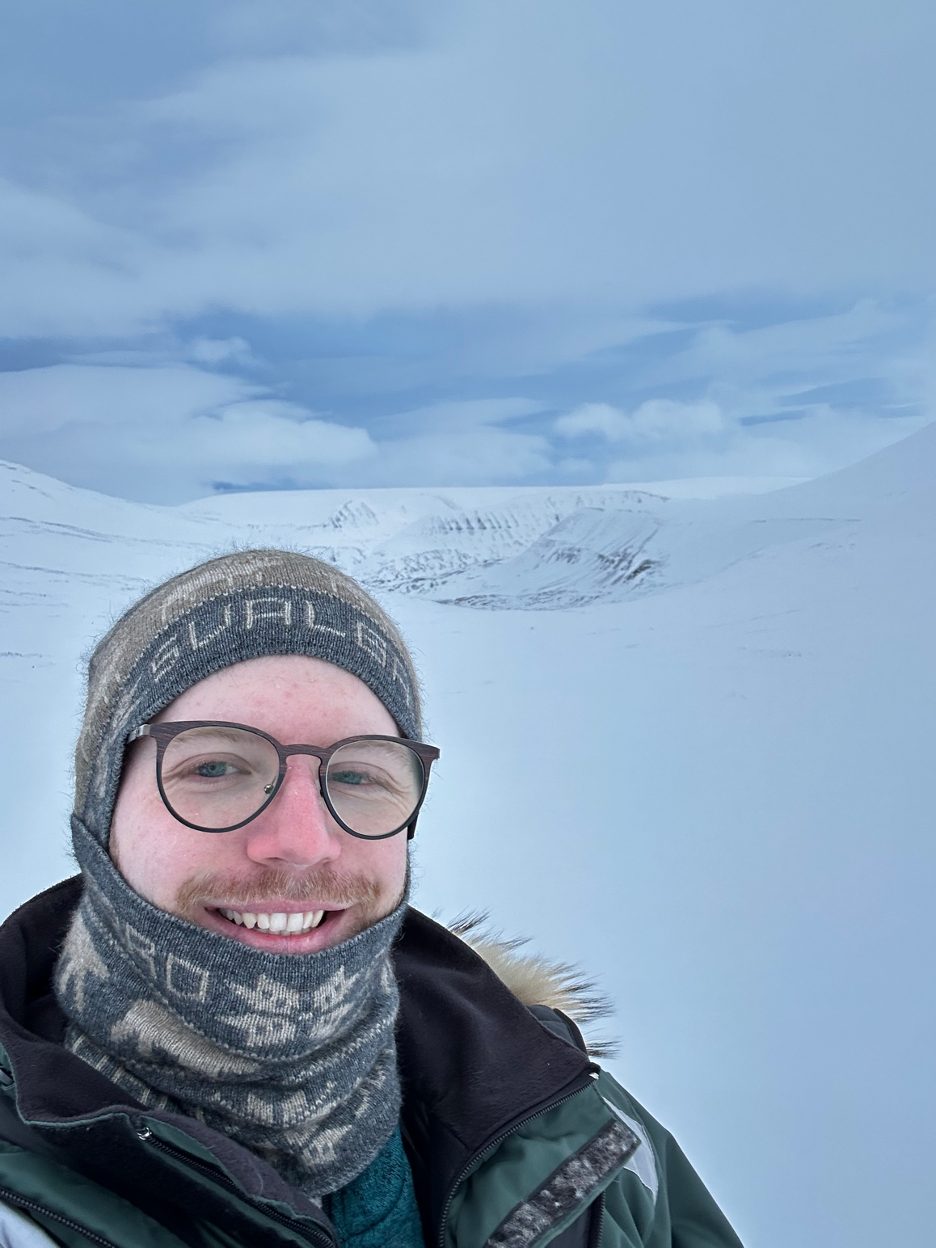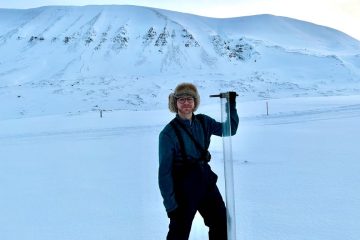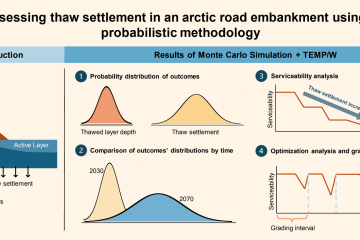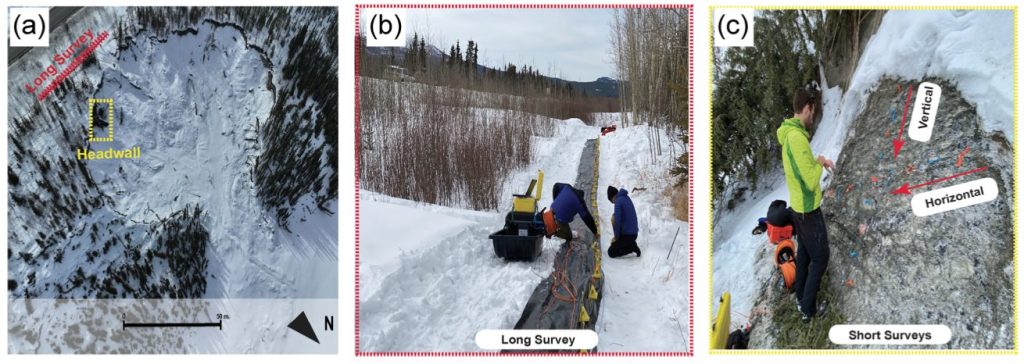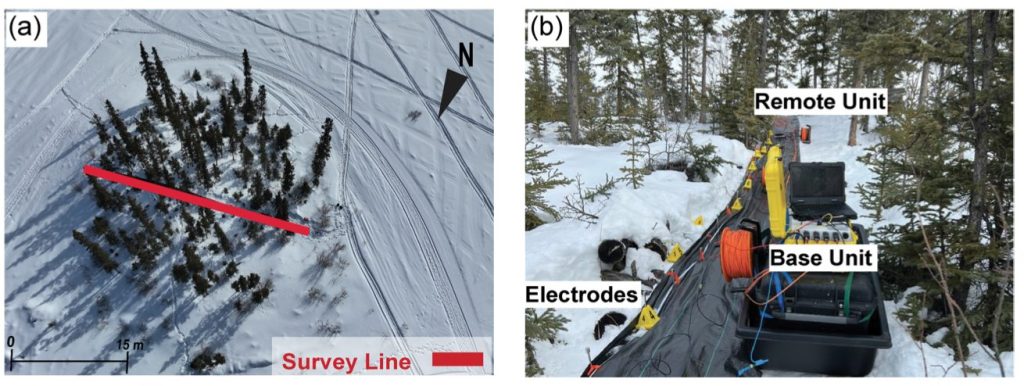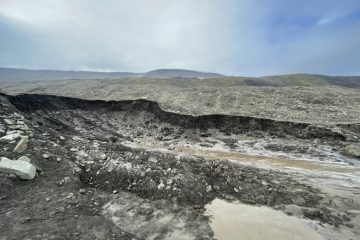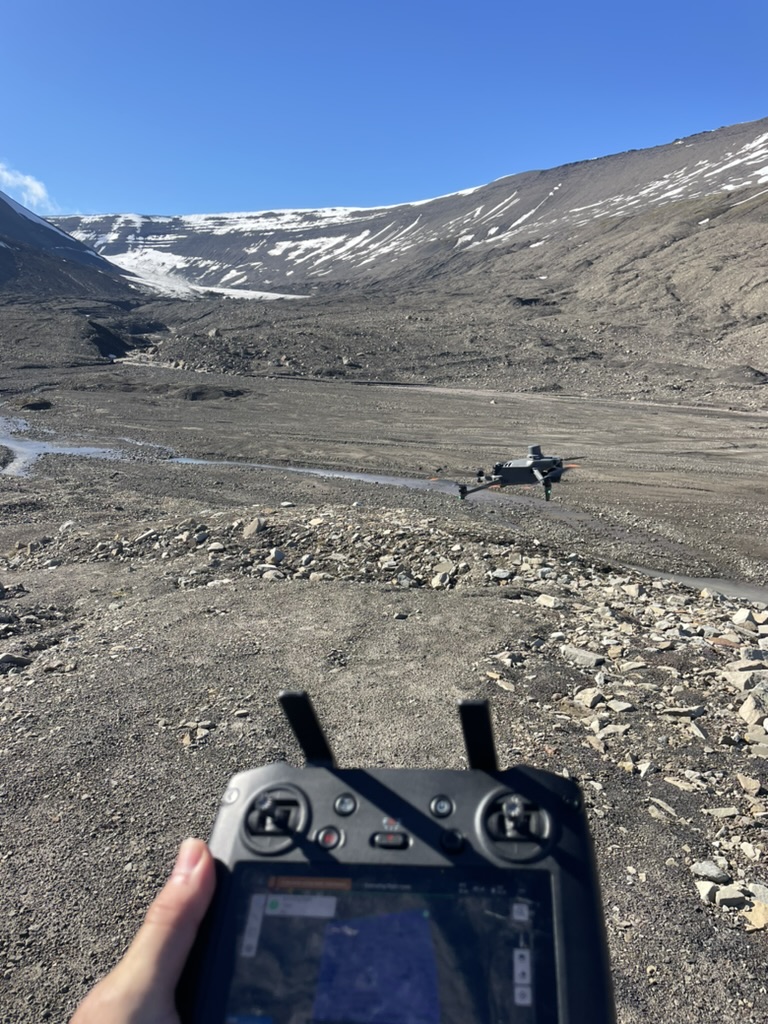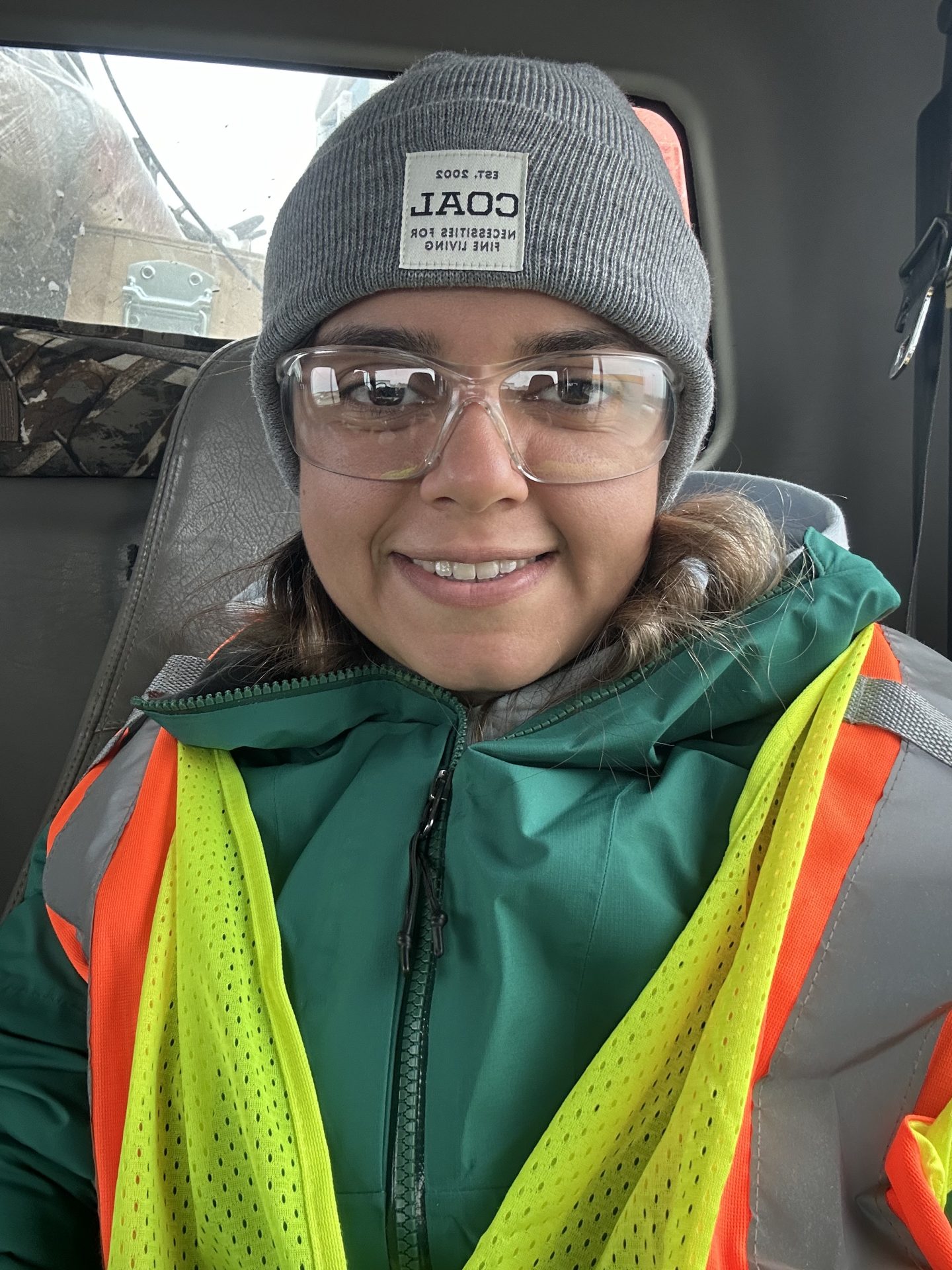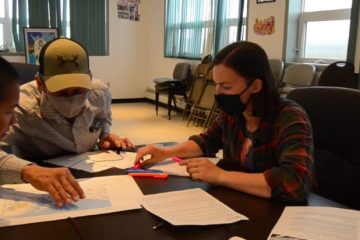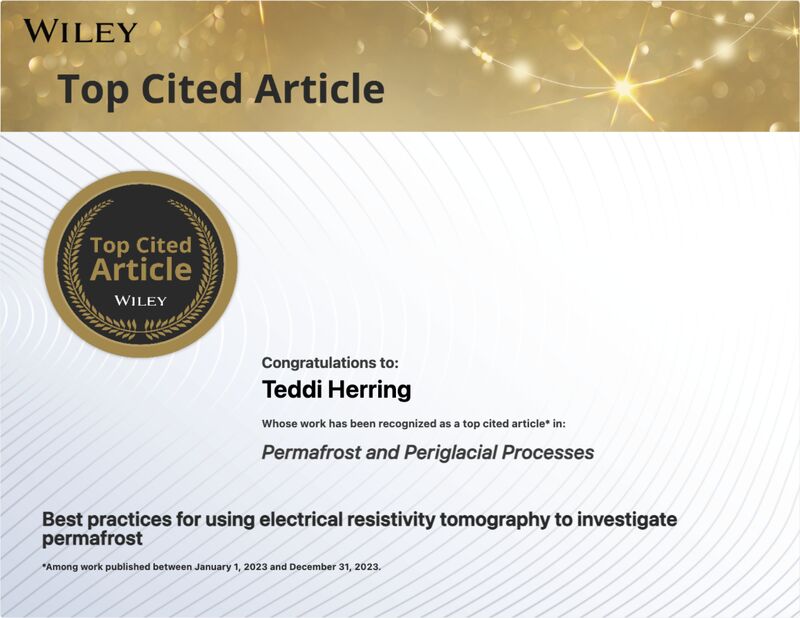Lucas Fuertes will be presenting A terrain-based method for snow depth prediction applied in Svalbard, Norway.
Date: 11 June 2025
Time: 13:00-14:00 Eastern Time
Location: Zoom (details are posted in our Teams site).
Snow is an effective insulator, mediating the effects of climate on the ground thermal regime. Snow is also an important part of the hydrologic cycle, storing and releasing water which influences the functioning of arctic ecosystems as well as energy exchanges with the ground surface. Crucial to both processes are the properties of the snow, topography, and climate, however, models that account for all these variables are data intensive. This presentation suggests a machine learning methodology that leverages terrain-based parameters to estimate snow depths and outlines its applicability in the glacial forefield of Scott Turnerbreen, Svalbard, Norway. Such a model has potential to improve estimates of snow water equivalence across the study site and aid in quantifying the effects of snow on the underlying permafrost.
